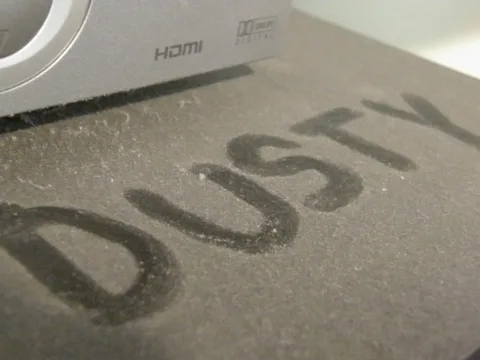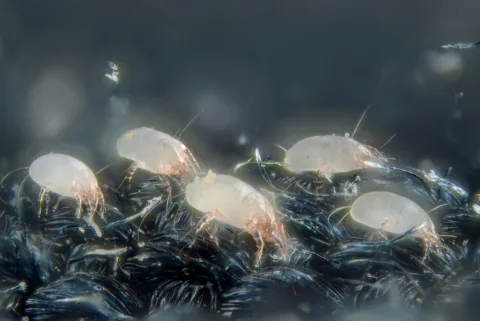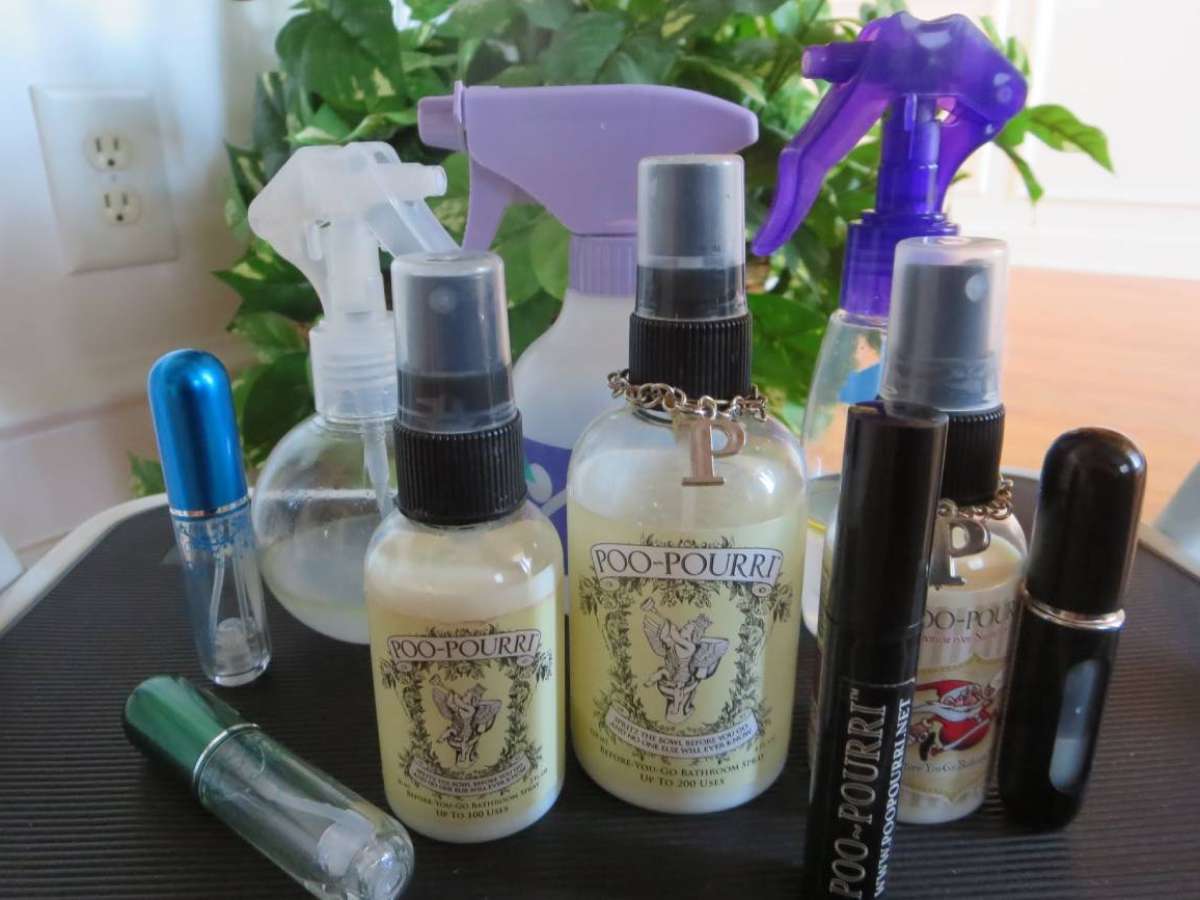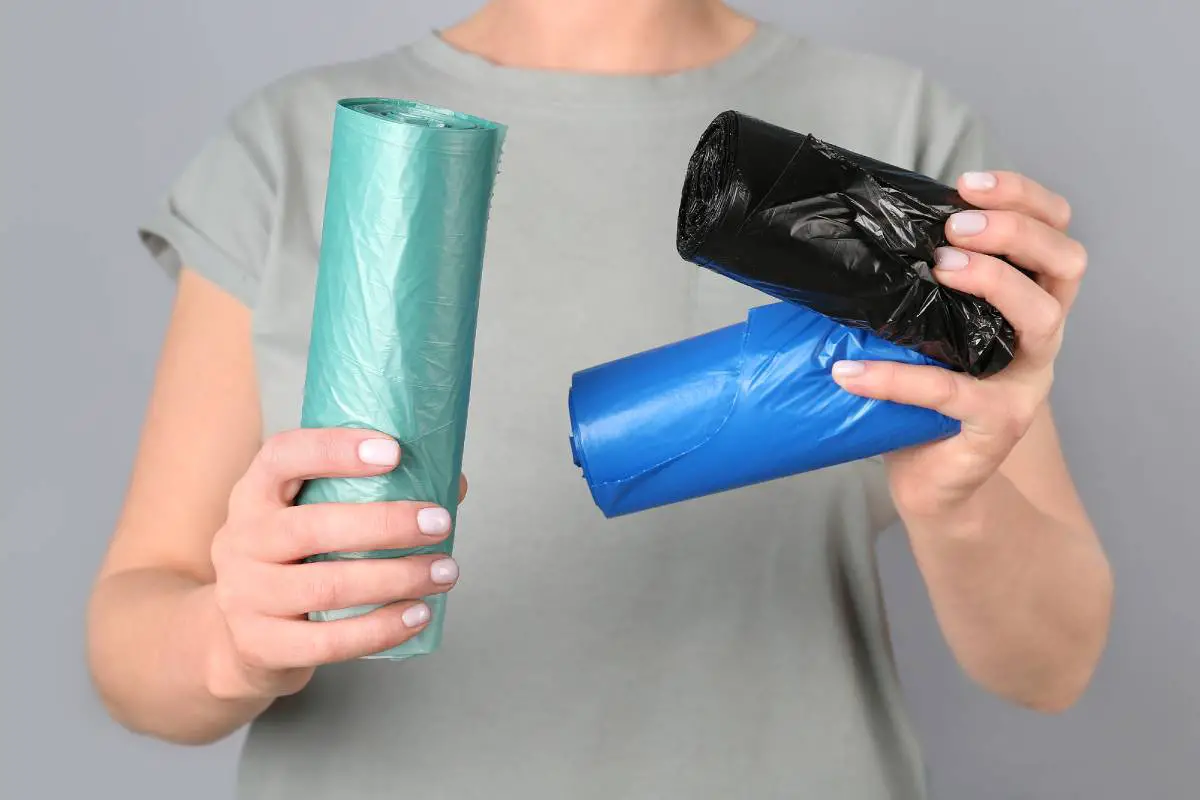Dust spray is one of the best ways to control the dust and allergens inside your home.
There are many different dusting sprays to choose from. Some work better than others.
Choosing the right one is key to having a home that remains dust free longer without a sticky residue or waxy build-up which actually just attracts more dust.
Here are the top 4 dust control sprays on the market right now:
#1. Pledge Multi-Surface Dust Spray
- Clean all your hard surfaces in one easy step
- Instead of reaching for multiple products for dusting, now you can use just one
- Works on wood, metal, glass, plastic, laminate, electronics, even flat-screen TVs and mirrors
- Removes fingerprints and water marks from stainless steel refrigerator
- Streak-free and anti-static — so it’s especially great for dusting electronics
- In addition to the dust spray, Pledge Multi-Surface wipes are also quite popular
Reviews: Apartment Therapy, Real Simple, Amazon, SheSpeaks
DUSTING TIP: Many dust sprays contain silicone, which is not recommended. Silicone can damage the finish by softening it. It can also seep through cracks, joints, and seams in the wood making repairs difficult without complete refinishing. Ideally, you want a dust control spray that does not contain silicone.
- From a household cleaning company that’s been around since 1906, Fuller Brush Company
- Can be used on furniture, shelves, floors, blinds, lamps, and picture frames, auto interiors, but not electronics
- Repels dust longer than most dust sprays
- It’s a dust, sand, and fur magnet
- Makes furniture and floors look a little shiny, as if you’ve used a polish
- There’s no build-up if you decide to use it every day
- Safe & environmentally friendly: no phosphates, no chlorofluorocarbons, no silicone, and a recyclable steel can
Reviews: Amazon
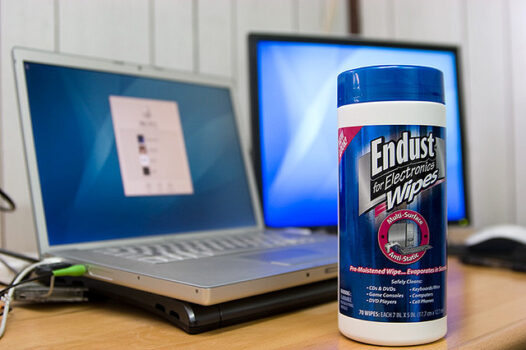
DUSTING TIP: Everyday household dust sprays should not be confused with special wipes dust sprays for electrics which are formulated differently to clean and protect computers, tablets, cell phones, and flatscreen TVs. These products have anti-static properties and typically have alcohol as an ingredient.
- Pick up dust while removing allergens, fingerprints and smudges fast
- Does not contain waxes, alcohol, vinegar, ammonia, or acetone
- There’s no wax, so it leaves no residue build-up
- It will even remove wax build-up from other products
- Those who are highly allergic will appreciate Endust Free with a reduced mist; it’s also fragrance free, hypoallergenic, asthma and allergy friendly
Reviews: Allergic Girl, Viewpoints
DUSTING TIP: In addition to the dust control spray of your choice, all you need now is a good dust cloth to effectively dust and clean the furniture, baseboards, and trim inside your home. Choose an untreated one to use with any of the products listed here, or a pre-treated one for quick dusting on the fly.
#4. Swiffer Dust & Shine Spray
- Has a nice scent which lingers for about 24 hours
- Doesn’t leave any residue, even though it shines in addition to cleaning
- Has a super-wide, fine mist
- No waxy build-up
- Made in the USA
- Bonus: it can also be used on leather, granite, and marble surfaces
Reviews: Epinions, Swiffer, SheSpeaks
Here’s everything you could possibly want to know about the features and variables that go into makingdust sprays.
DIY Homemade Dust Control Spray Options
Want to save a few dollars and make your own dust control spray?
Here are a few homemade recipes. Experiment until you find the one that you like best:
3 One-Of-A-Kind Products That Reduce Dust & Allergens
AllerSearch Anti-Allergen Spray – uses an oxidizing compound to destroy allergens from dust mites, pet dander, pollens, mold and mildew on contact. Non-toxic, safe to use around people and pets, safe on all surfaces and colors of fabrics (including white).
FloraCraft Silk Flower, Plant & Tree Cleaner – better than using canned air dusters or water because there’s absolutely no wiping necessary! Just spray, wait 30 minutes, and leaves look almost like new. There’s no dirt or residue left behind.
American HVAC Parts PureClean Filter Spray – turns an ordinary filter into an electrostatic filter. Increases particle capture up to 300% and has been proven to improve MERV Rating up to 65%.
If you’ve used any of these products — or have another favorite — please share your experience in the Comments below!
I like to help people find unique ways to do things that will save time & money — so I write about “outside the box” Household Tips and Life Hacks that most wouldn’t think of. I’m super-organized. And I LOVE to clean! I even enjoy doing laundry (but not ironing). I’m also a lifelong dog owner — so I often share my favorite tips for living with dogs inside your home (like smart home design choices and dog-friendly cleaning & decorating ideas). Career-wise, I’ve been sharing my best ideas with others by blogging full-time since 1998 (the same year that Google started… and before the days of Facebook and YouTube). Prior to that, I worked in Higher Ed over 10 years before switching gears to pursue activities that I’m truly passionate about instead. For example, I’ve worked at a vet, in a photo lab, and at a zoo — to name a few. I enjoy the outdoors via bicycle, motorcycle, Jeep, or RV. When I’m not cleaning, organizing, decorating, or fixing something… you’ll find me at the corner of Good News & Fun Times as publisher of The Fun Times Guide (32 fun & helpful websites). To date, I’ve personally written over 200 articles about cleaning, organization, DIY repairs, and household hacks on this site! A few have over 2M shares; many others have over 100K shares.

